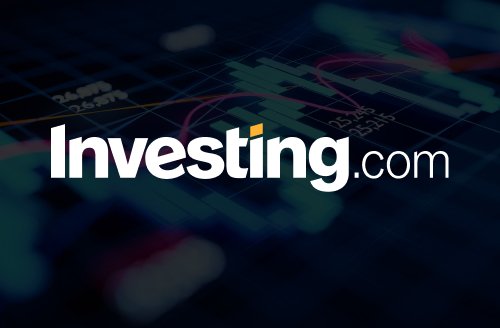This macro variable will tell us when the music is about to stop.
High are supposed to break something because an overly indebted economy will have to service a mountain of debt at expensive rates and it will have less money for income and spending.
The problem is that people are looking at the ’’wrong’’ debt.
Private sector debt levels and trends are far more important than government debt.
Contrary to the government, the private sector doesn’t have the luxury to print money: if you get indebted to your eyeballs and you lose your ability to generate income, the pain is real.
As Dario Perkins’ left chart shows, the biggest financial crisis happened as a result of high and growing private sector debt.
The Japanese or Spanish house bubble bursting, the Asian Tigers, or China today are clear examples.
So, where does the US stand on this important macro metric?
The chart on the right shows how US private sector debt as a % of sits well below the ~200% dangerous line, and it has rapidly declined since 2008.
In the US, government fiscal stimulus are supporting income and consumption while households and corporates are reducing leverage from their balance sheet.
The AI debt-driven capex cycle will reverse this dynamics, as corporates lever up to spend big and position themselves in the AI race.
It’s only when private sector debt increases rapidly that one should begin to really worry about a bubble burst.
What do you think?
***
This article was originally published on The Macro Compass. Come join this vibrant community of macro investors, asset allocators and hedge funds – check out which subscription tier suits you the most using this link.

